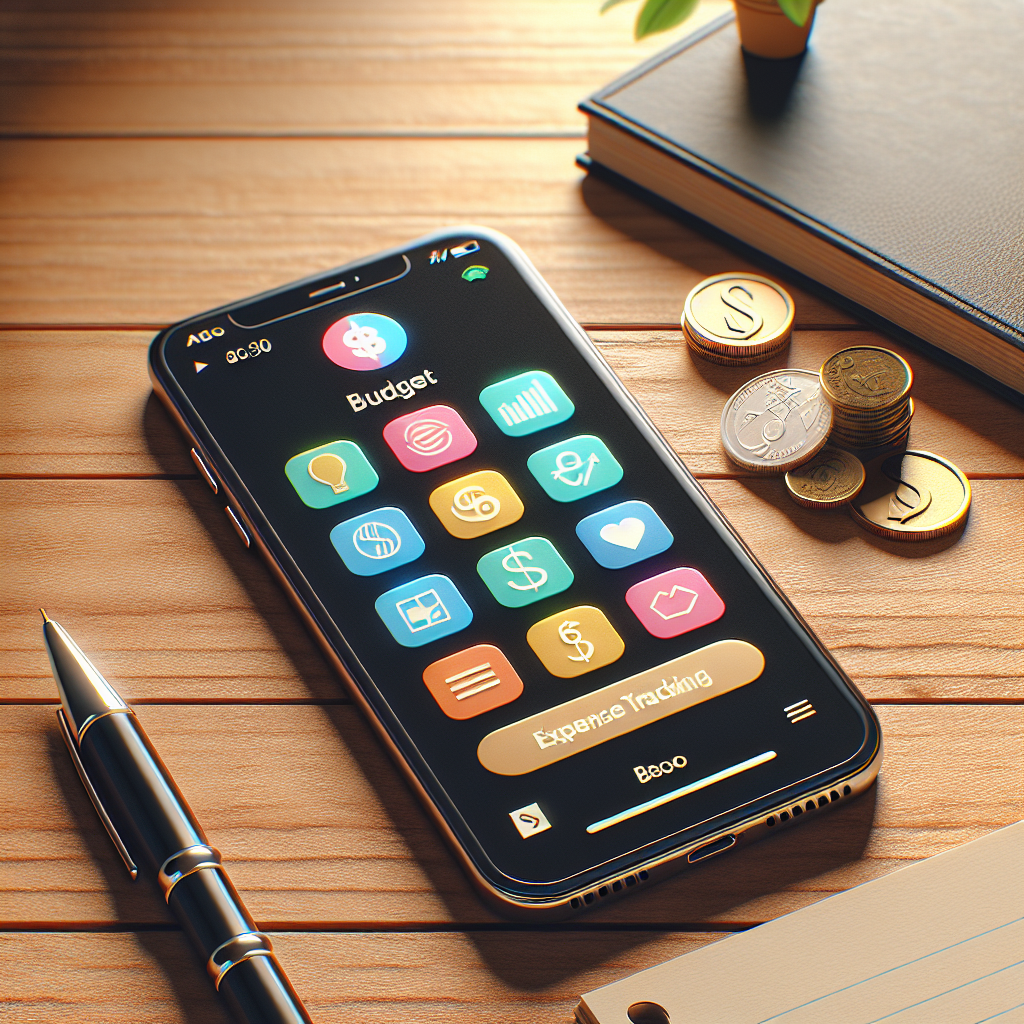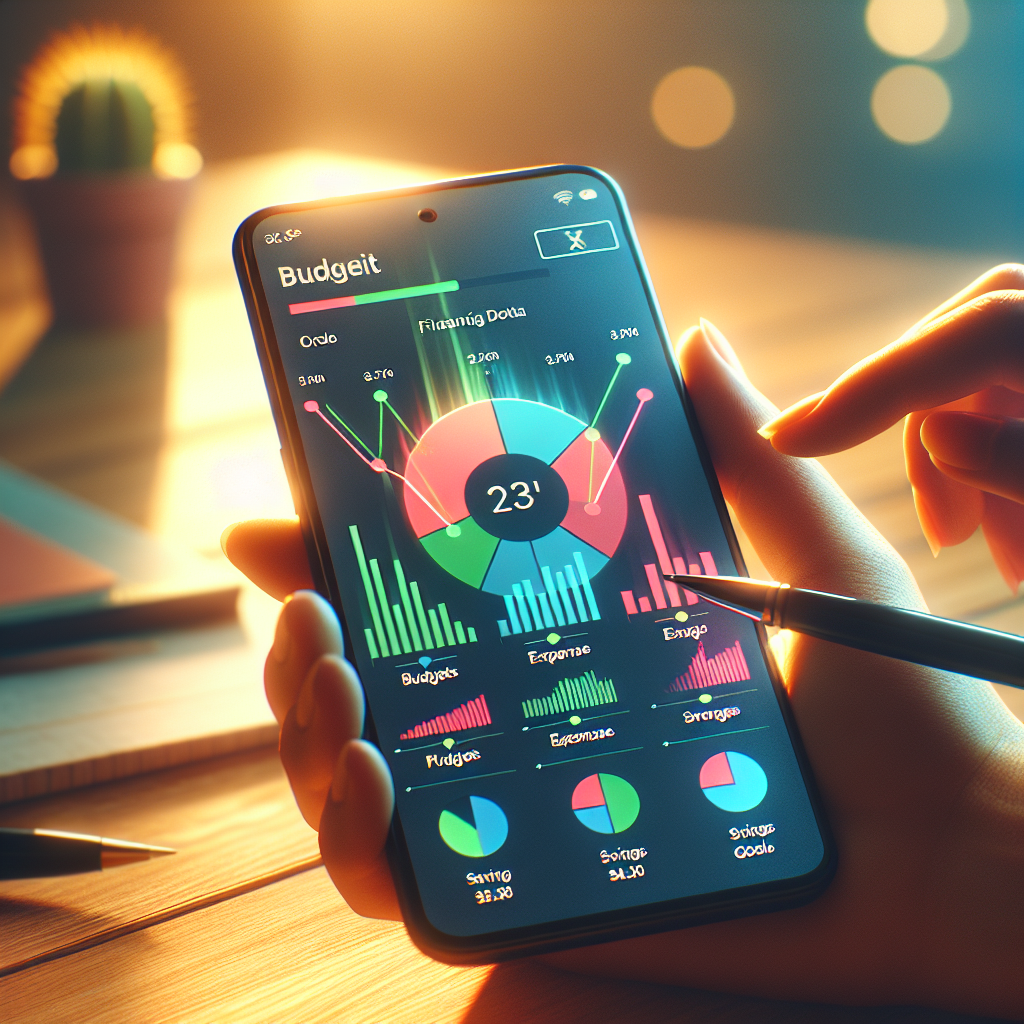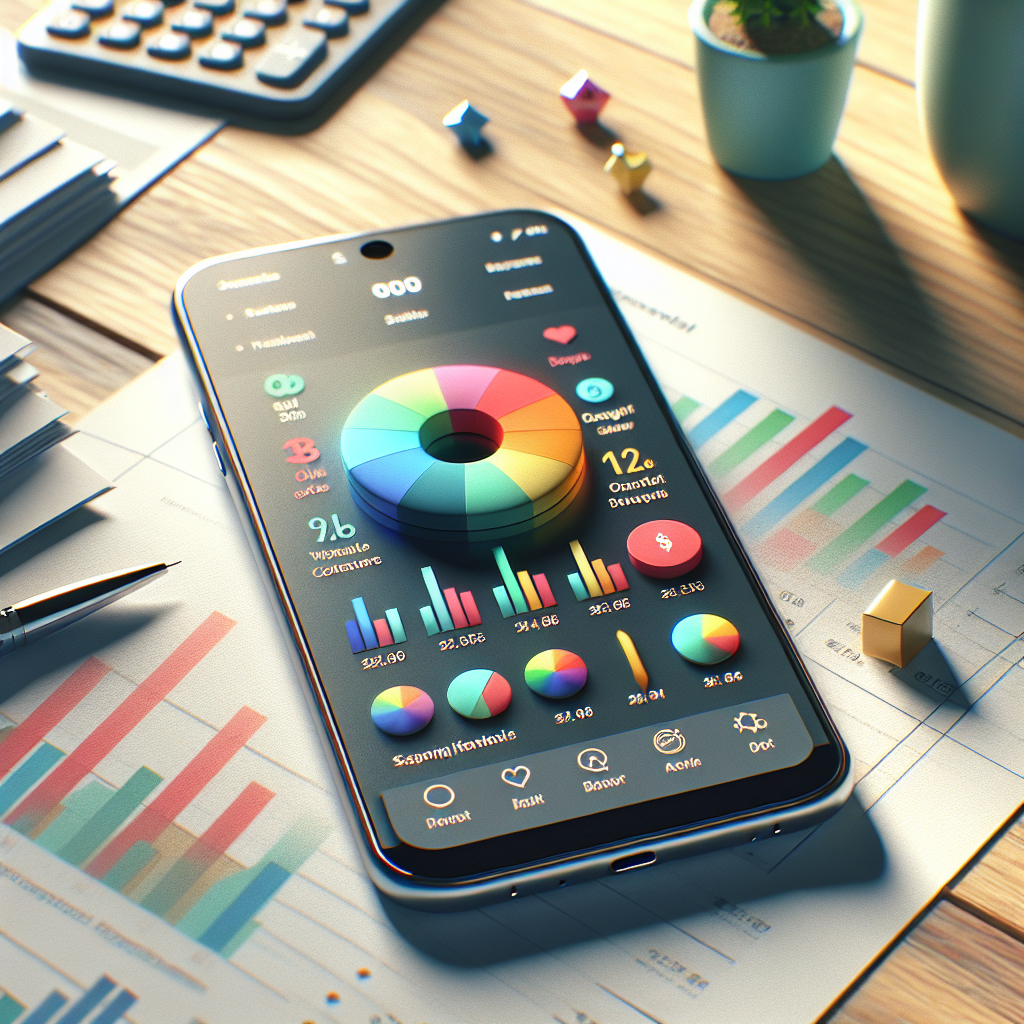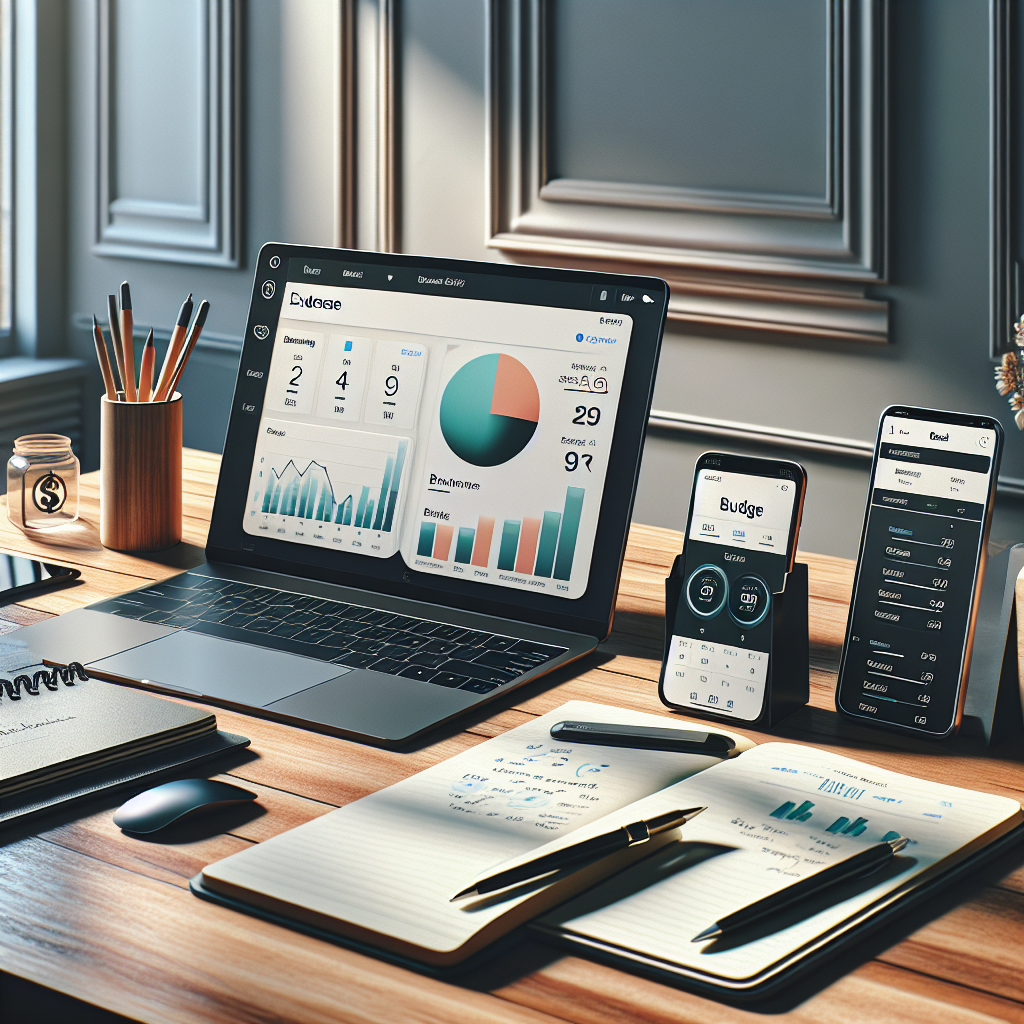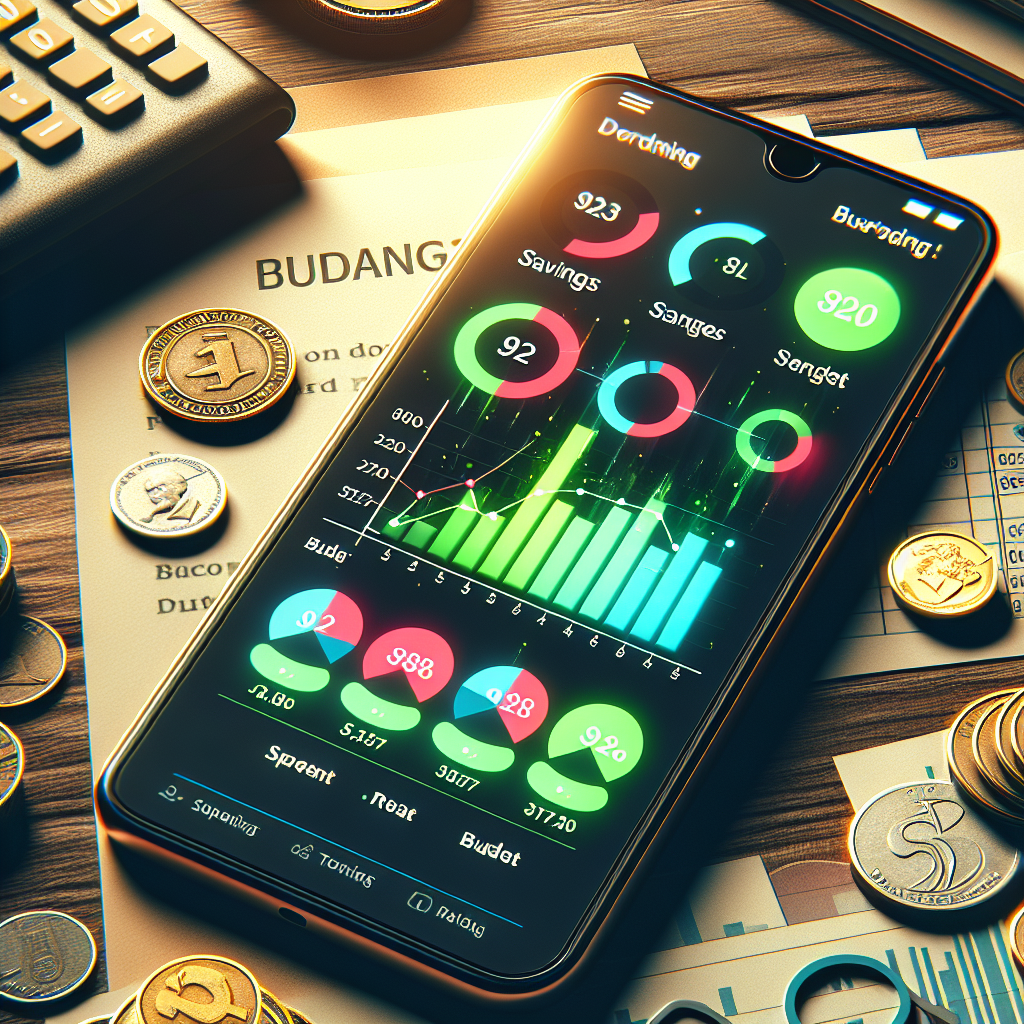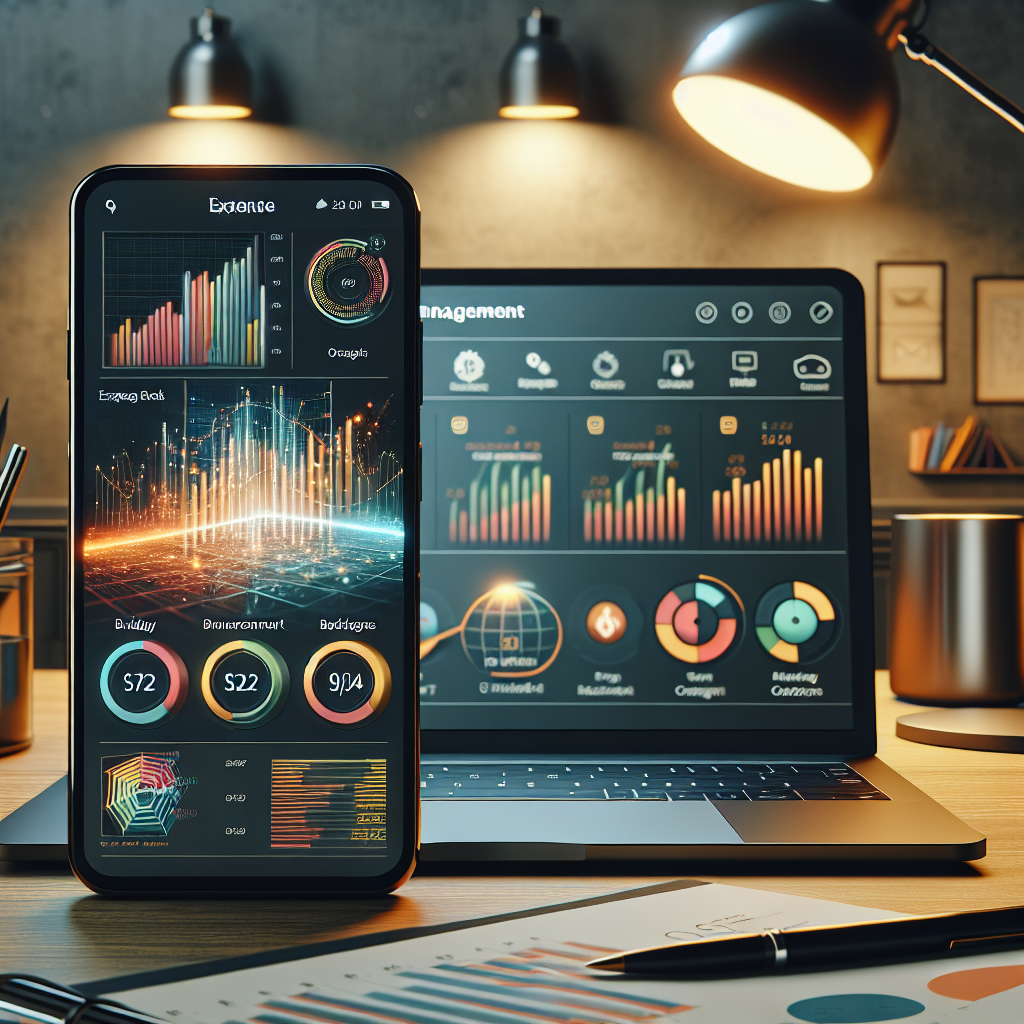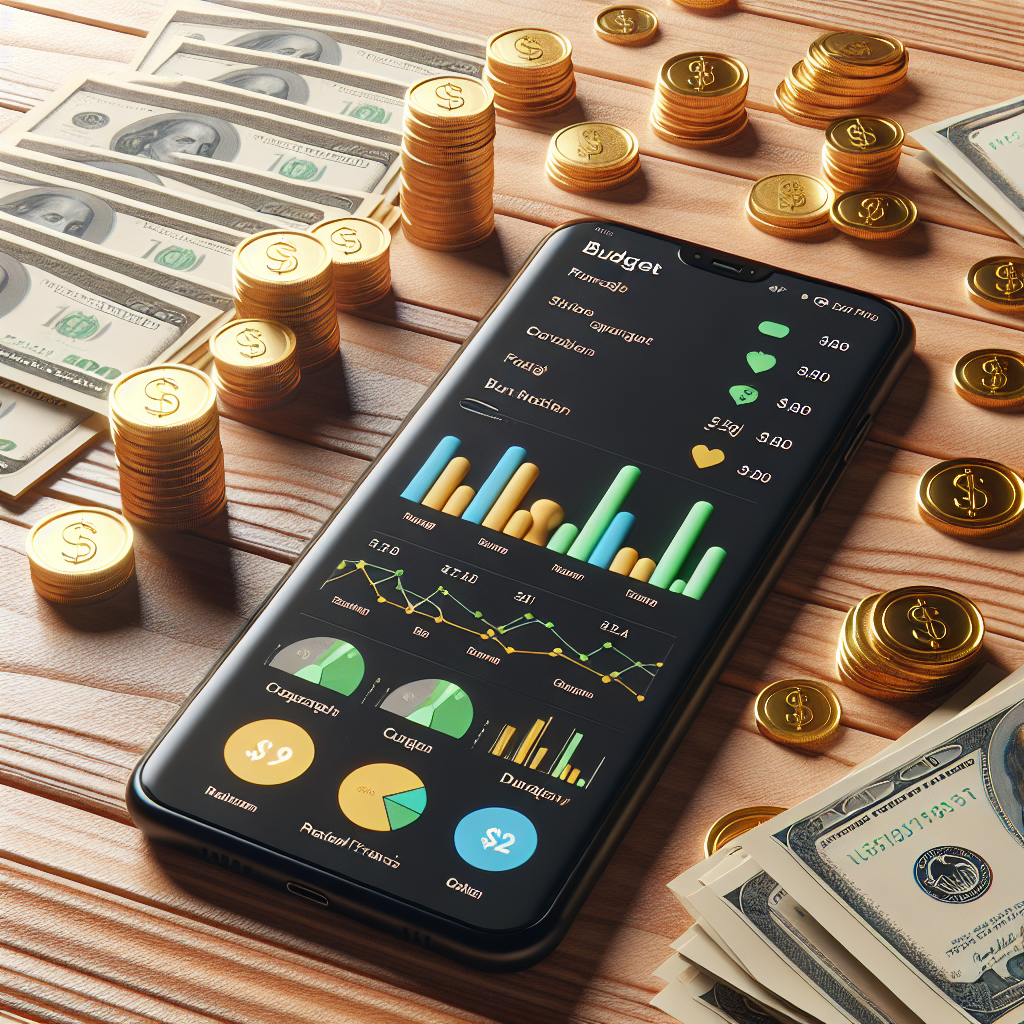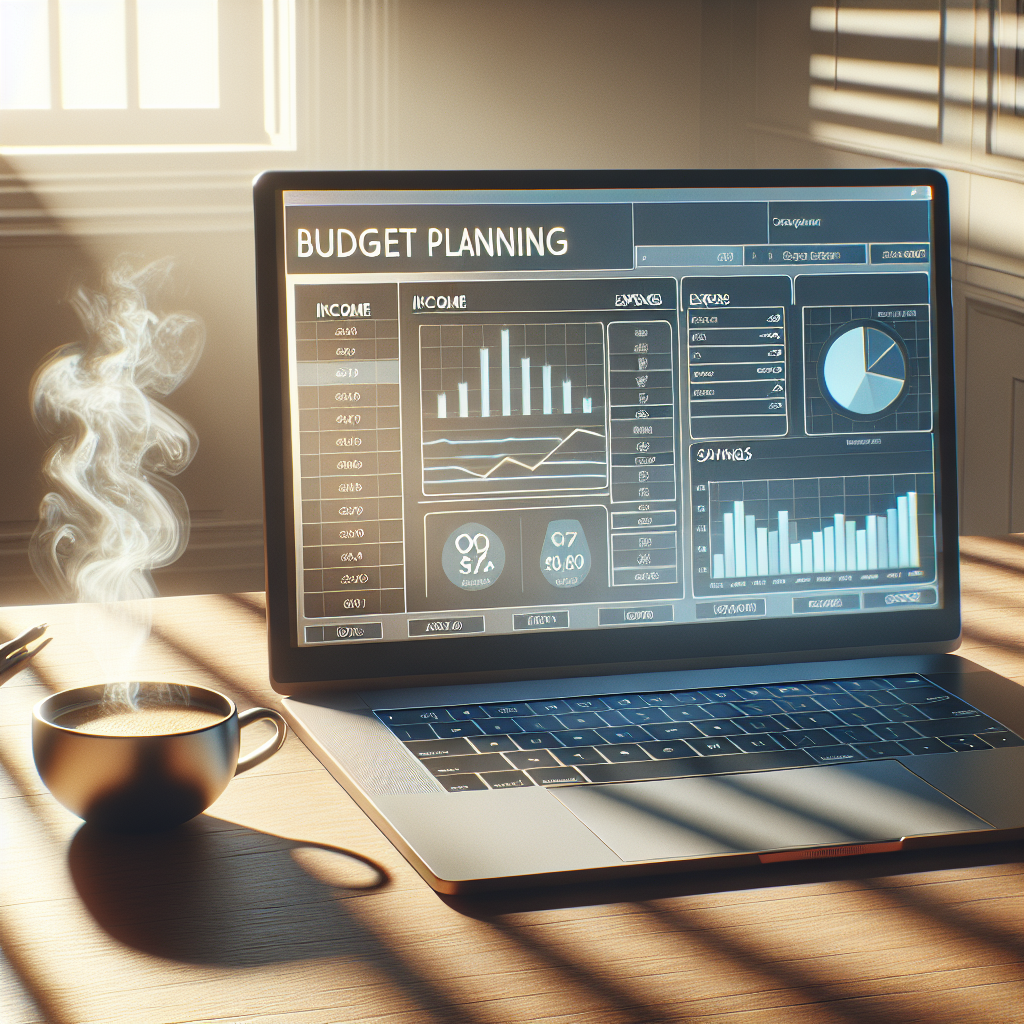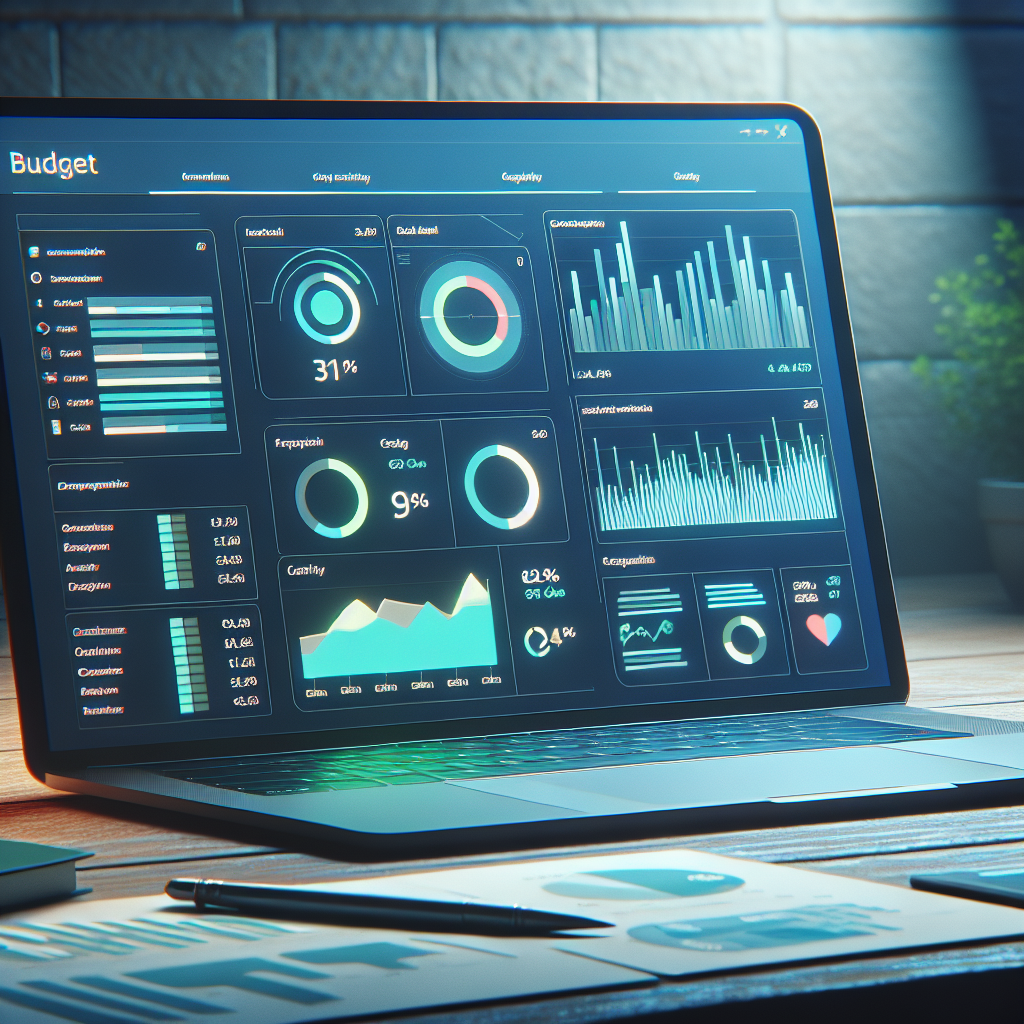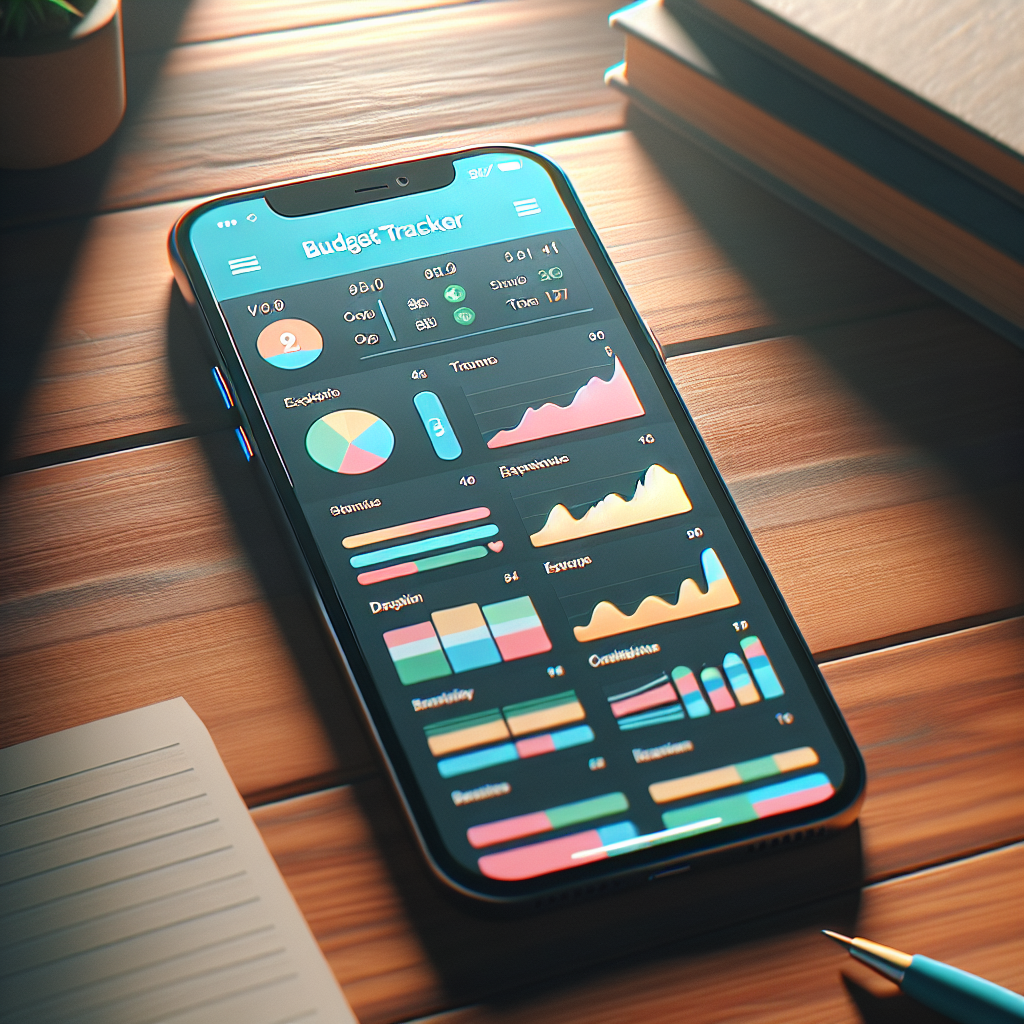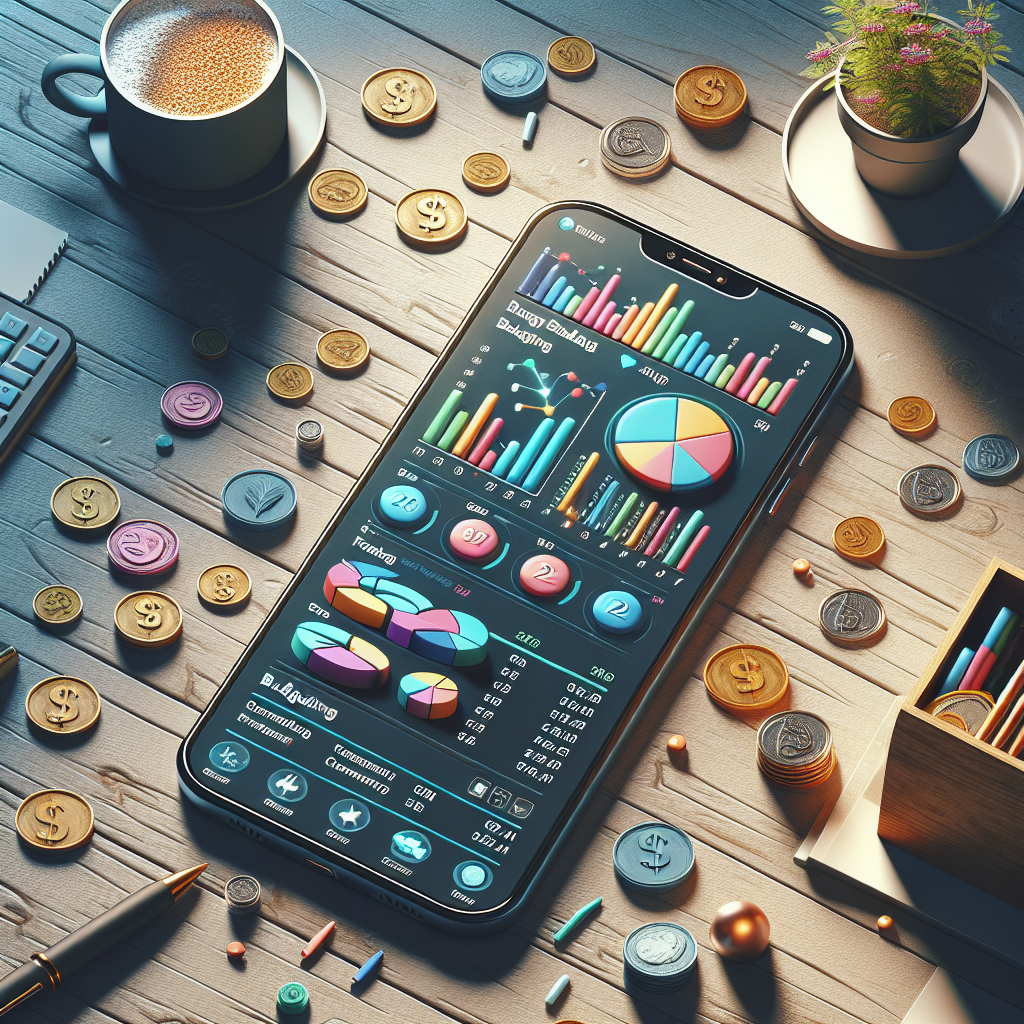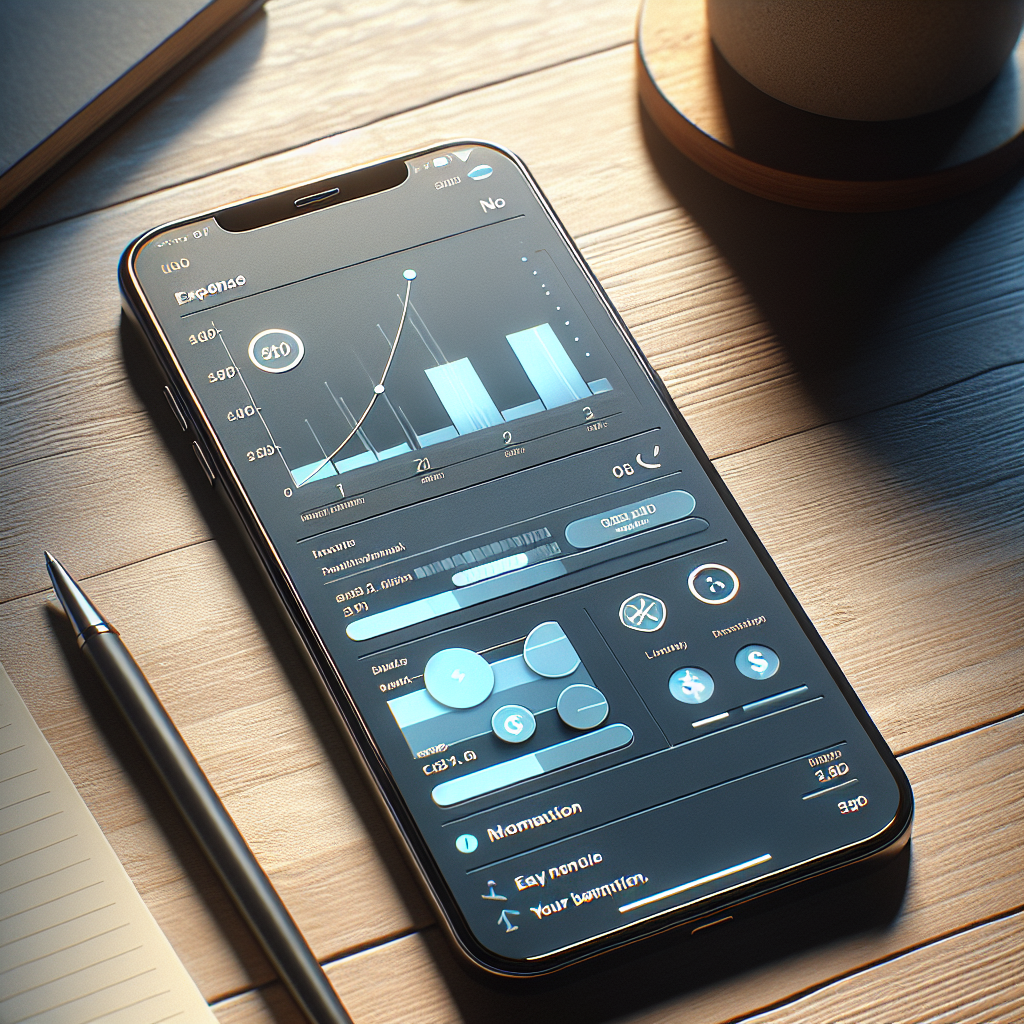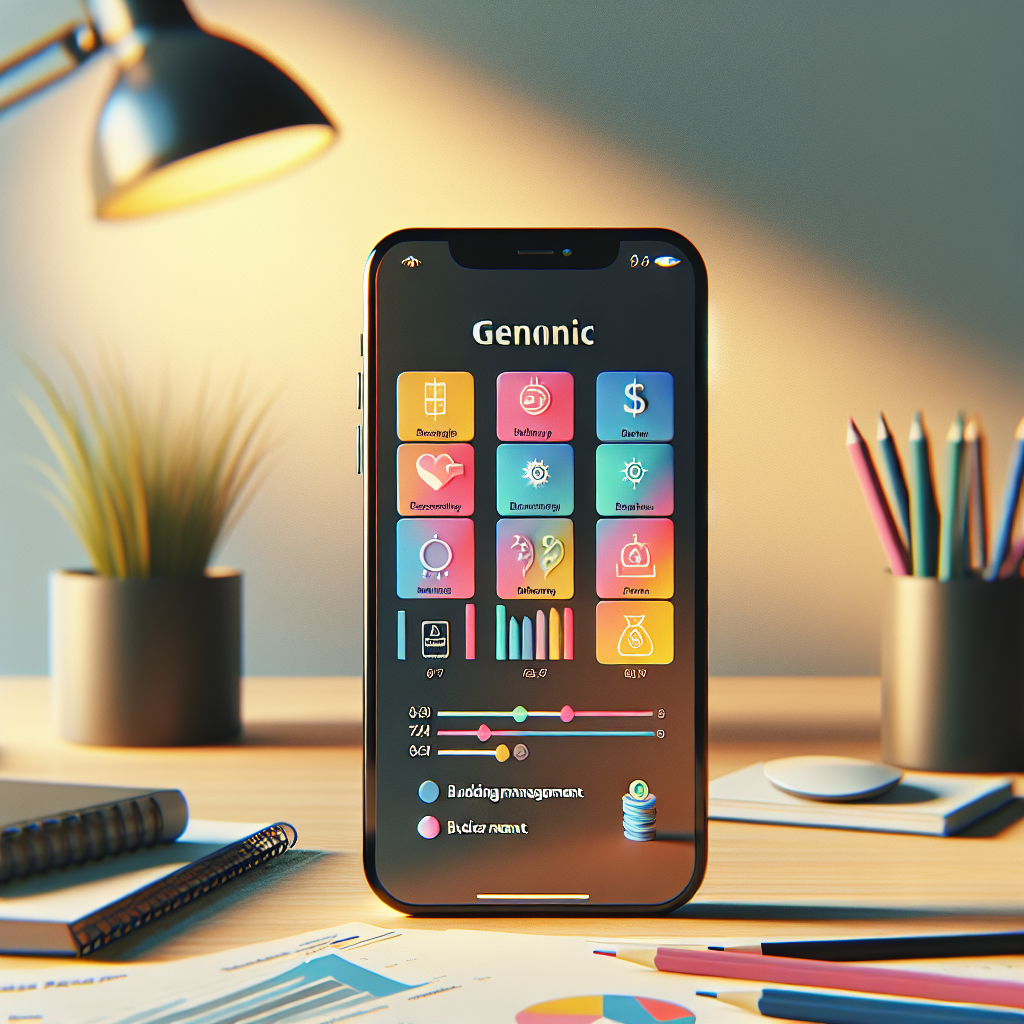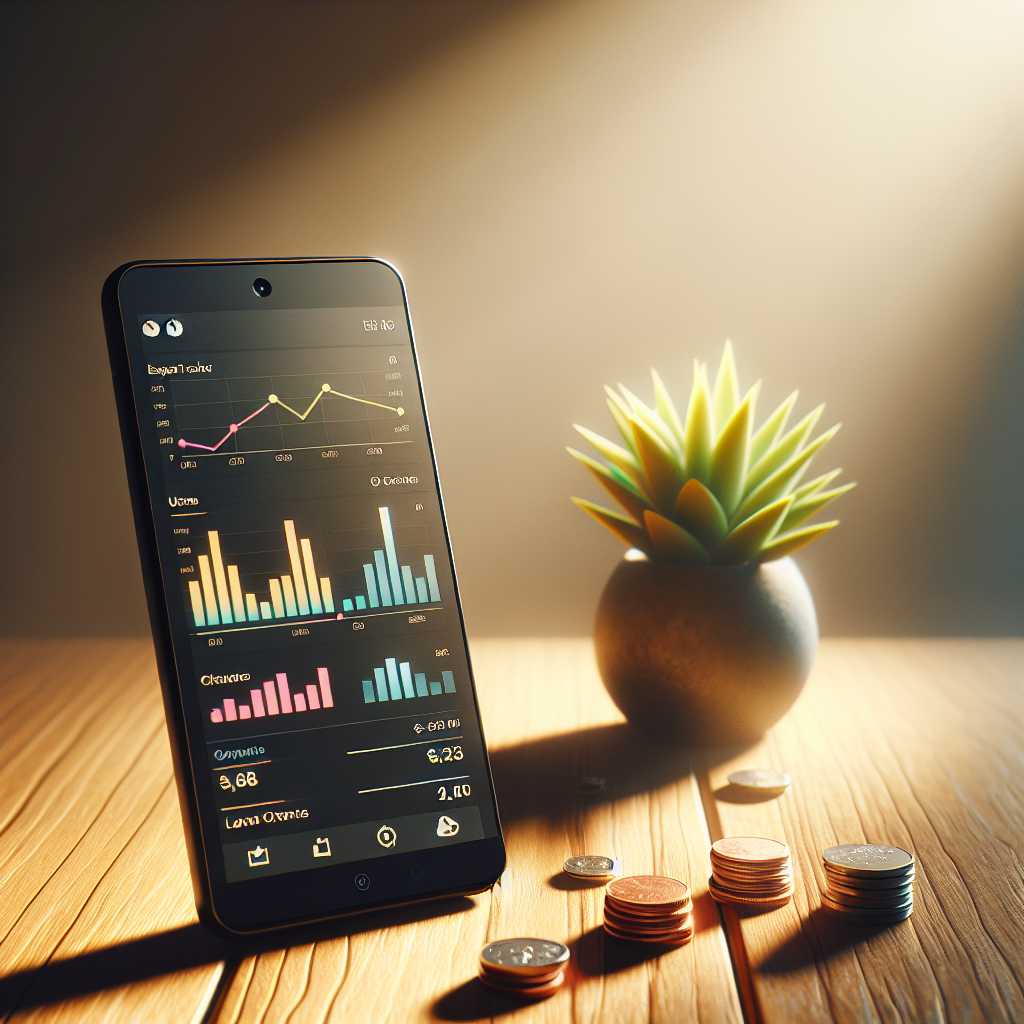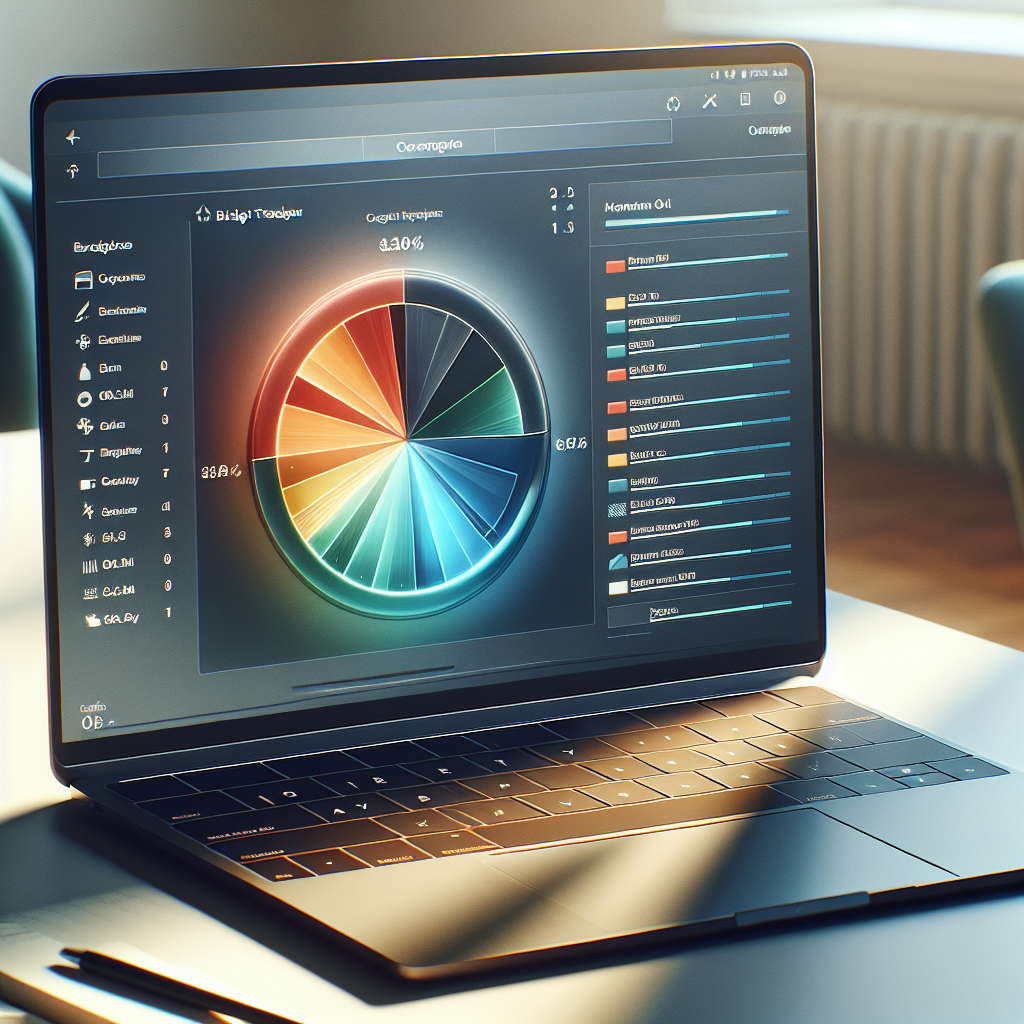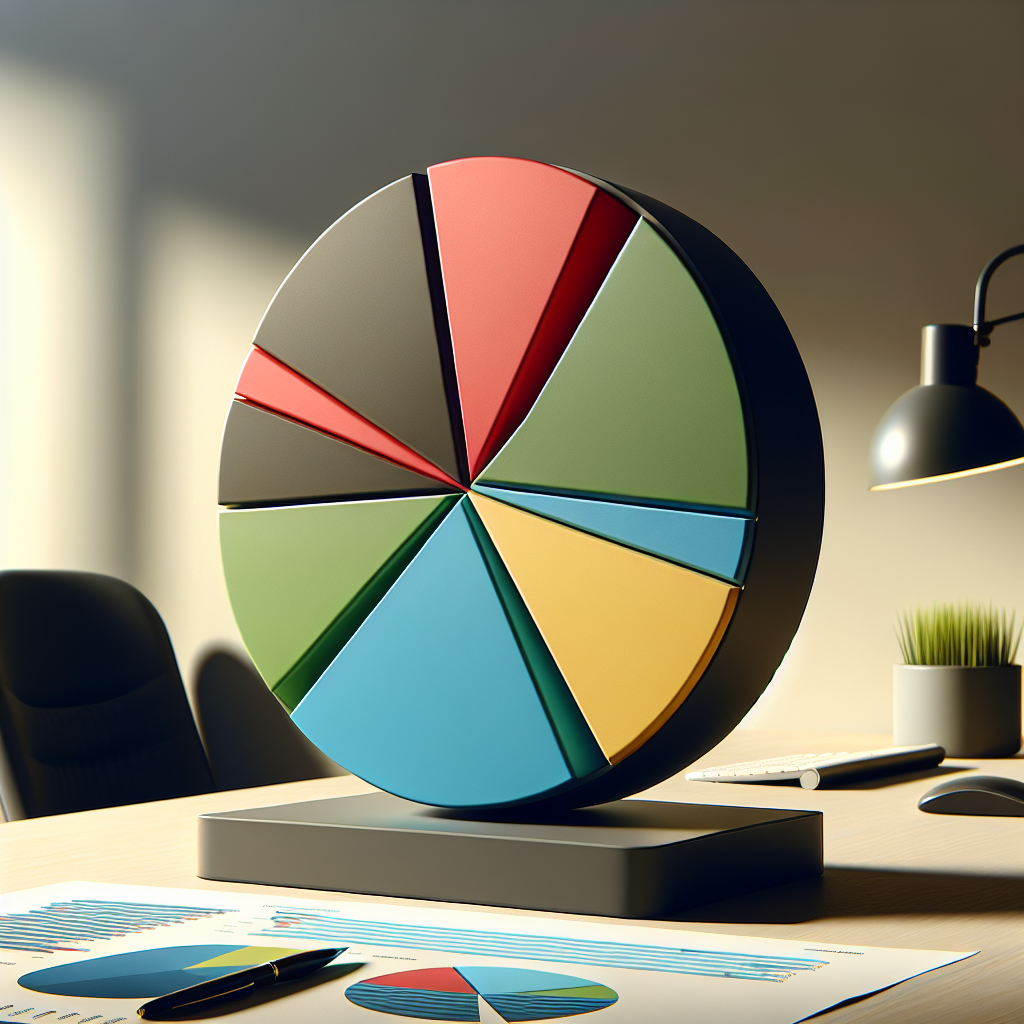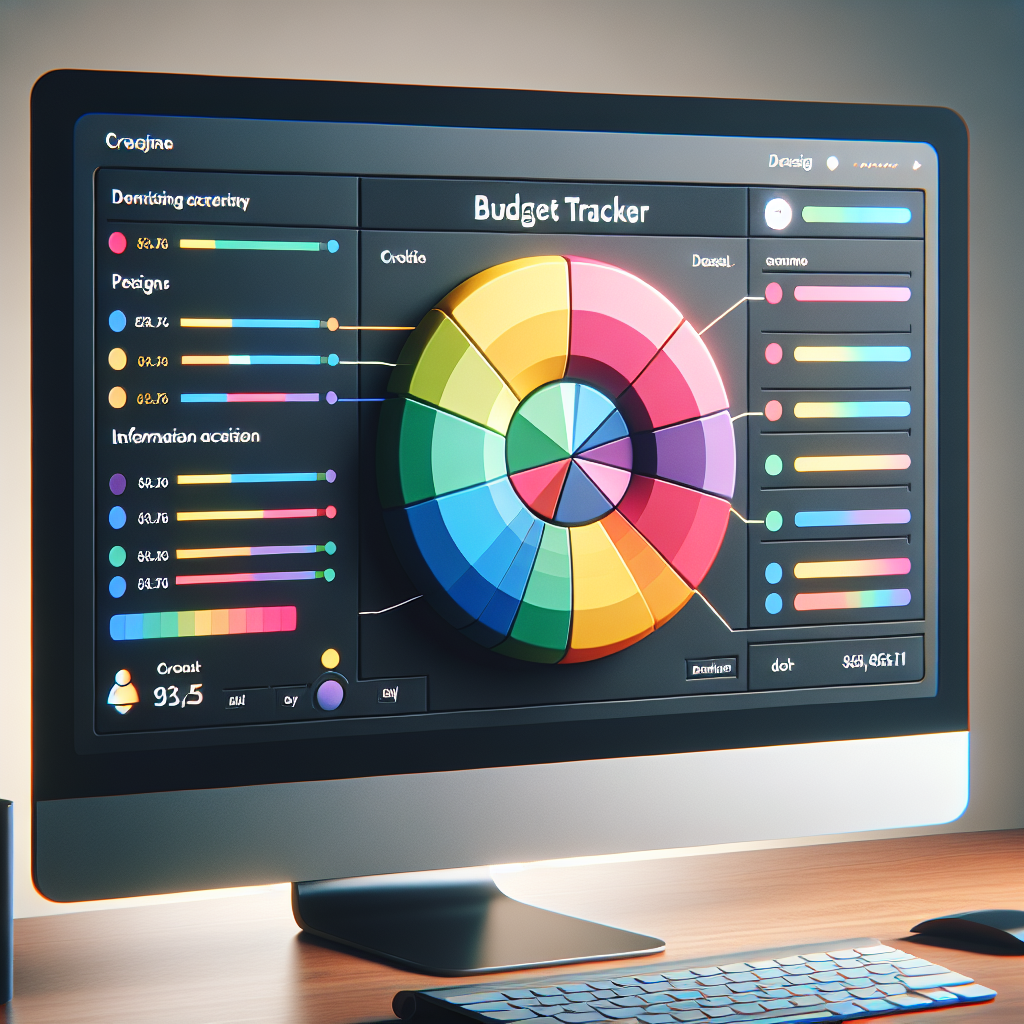The NerdWallet Personal Finance App is a powerful tool designed to simplify your budgeting process and enhance your financial well-being. In today’s fast-paced world, managing finances can often feel overwhelming. With numerous expenses, bills, and savings goals, individuals and small businesses alike need effective solutions to keep track of their financial health.
This innovative app stands out by offering a range of features tailored to meet your unique financial needs. Users can easily access their spending habits, analyze their budgets, and receive personalized advice on how to save more effectively. The user-friendly interface ensures that even those who are not financially savvy can navigate the app with ease.
Furthermore, the NerdWallet Personal Finance App provides tools for setting savings goals, tracking expenses, and monitoring credit scores—all in one place. This comprehensive approach allows users to visualize their financial landscape and make informed decisions. Whether you aim to save for a vacation, pay off debt, or simply want to keep your spending in check, this app is designed to help you achieve your financial goals.
Ready to take control of your finances and experience effortless savings? Download Vala today and start managing your budget with ease!
Key Features Of The NerdWallet App
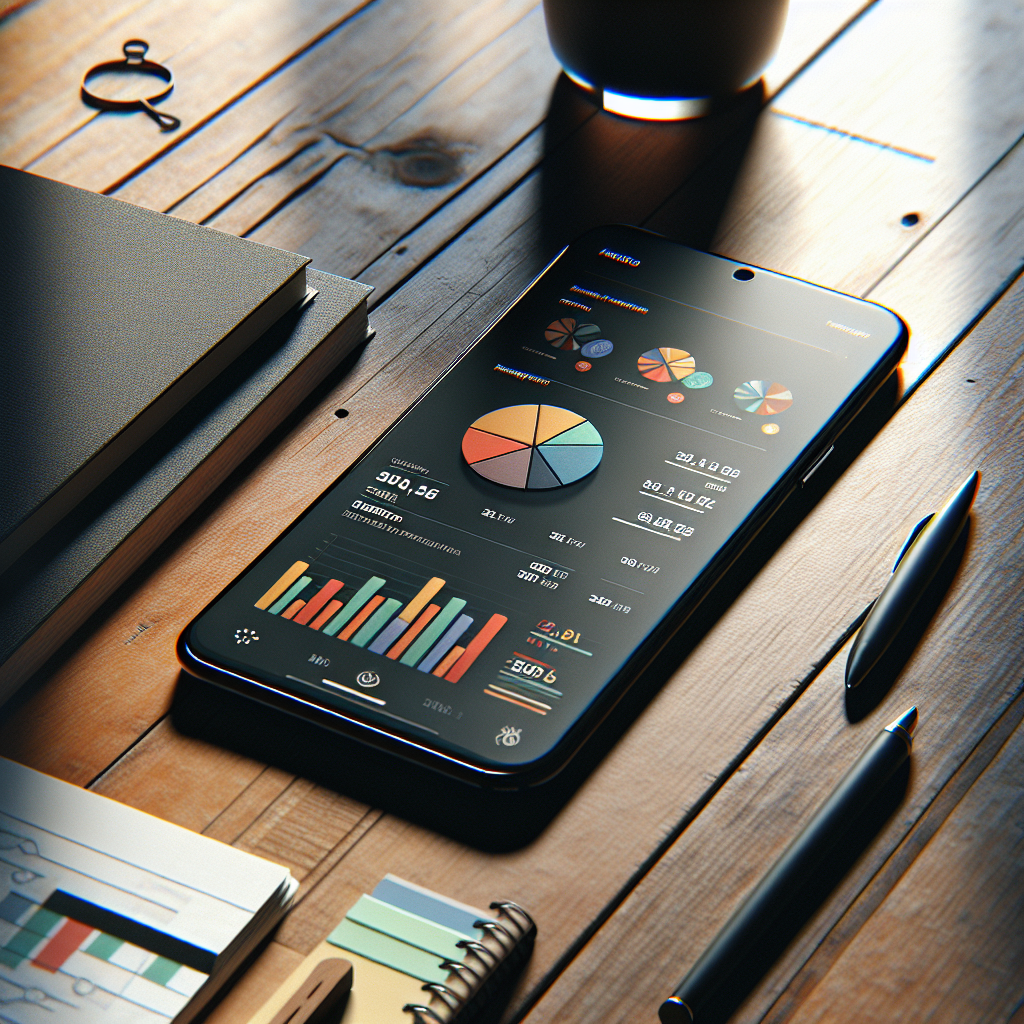
The NerdWallet Personal Finance App is packed with essential features that cater to the diverse needs of its users. Understanding these key features can empower you to leverage the app effectively to enhance your financial journey. Here are some standout functionalities:
- Budgeting Tools: The app offers intuitive budgeting tools that allow users to set up categories for spending. This helps in tracking where your money is going and making necessary adjustments.
- Expense Tracking: Users can easily log expenses, enabling them to see their spending patterns at a glance. This feature is crucial for identifying areas where savings can be made.
- Personalized Financial Advice: NerdWallet provides tailored recommendations based on your financial habits. This personalized touch helps guide users towards better financial decisions.
- Credit Score Monitoring: The app allows users to check their credit scores regularly, offering insights into factors affecting their scores and tips on how to improve them.
- Goal Setting: Whether it’s saving for a new car or planning for retirement, the NerdWallet app enables users to set specific financial goals and track progress over time.
- Investment Tracking: Keep tabs on your investments with ease. The app helps users monitor their portfolios and make informed investment decisions.
These features not only simplify financial management but also provide users with the tools necessary to make informed and strategic financial decisions.
How NerdWallet Personal Finance App Works
The NerdWallet Personal Finance App operates on a user-friendly interface that makes managing your finances accessible and straightforward. Here’s how it works:
- Account Setup: Users begin by creating an account, which includes entering some personal and financial information. This initial setup is crucial for tailoring the app’s functionalities to meet individual needs.
- Linking Financial Accounts: Users can link their bank accounts, credit cards, and investment accounts to the app. This integration allows for automatic tracking of transactions and real-time updates on financial activity.
- Budget Creation: Once accounts are linked, the app can analyze spending patterns to assist users in creating personalized budgets. The intuitive budgeting tool categorizes expenses, ensuring users know where their money is being spent.
- Expense Monitoring: As users spend, the app automatically tracks these expenses, providing insights and alerts if they approach budget limits. This feature helps users stay on top of their financial goals.
- Actionable Insights: The app generates reports and visualizations that highlight spending trends over time. Users can identify areas for potential savings and make informed decisions about their financial practices.
- Continuous Improvement: The app encourages users to revisit their budgets and financial goals regularly. By adapting to changing financial circumstances, users can ensure they remain on track toward achieving their objectives.
Overall, the NerdWallet Personal Finance App combines technology with personal finance management, making it easier for users to take control of their financial lives.
Benefits Of Using The NerdWallet App
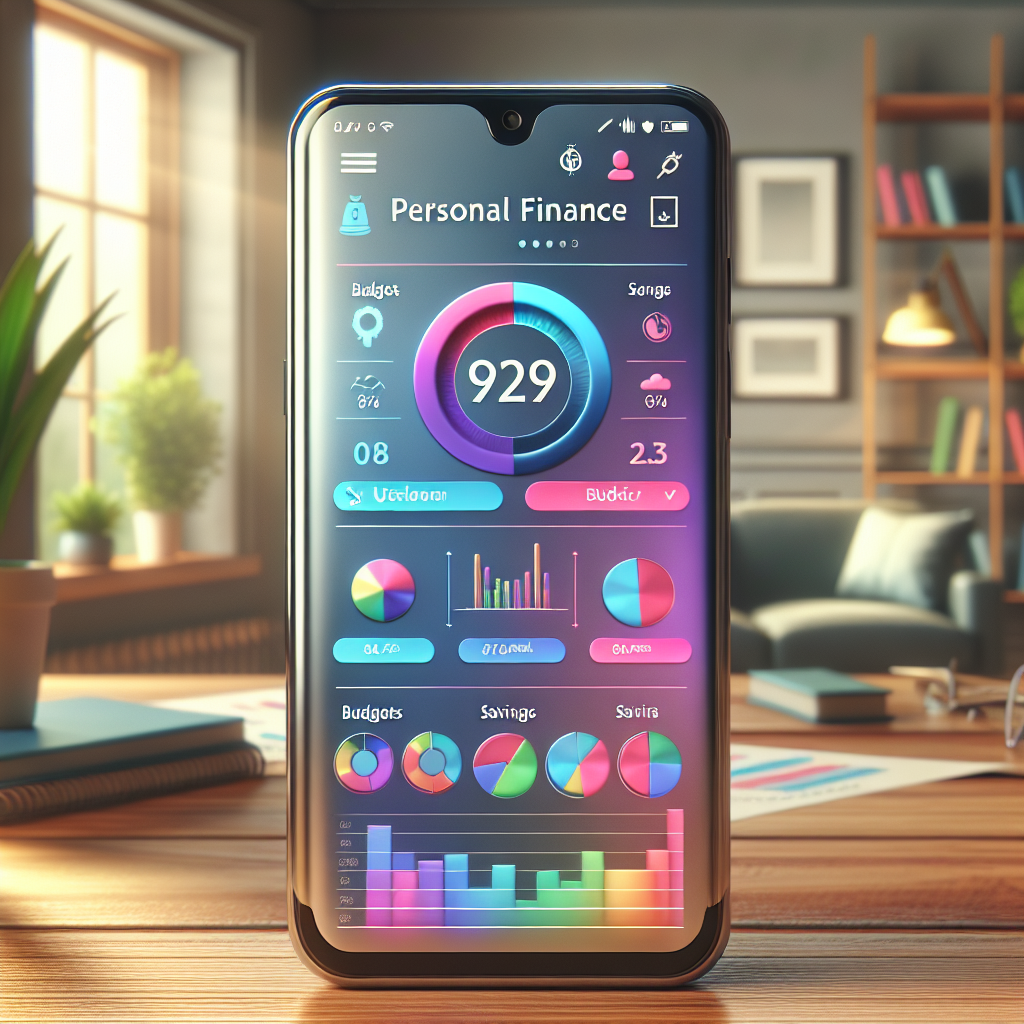
Utilizing the NerdWallet Personal Finance App offers numerous advantages that can significantly enhance your financial management experience. Here are some key benefits:
- Simplified Budgeting: The app provides an easy-to-use budgeting tool that allows users to create, modify, and track budgets effortlessly. This simplification helps users understand their spending habits and make adjustments as needed.
- Real-Time Updates: By linking financial accounts, users receive instant notifications and updates about their spending. This feature ensures that they are always aware of their financial status, making it easier to stay within budget.
- Personalized Financial Advice: NerdWallet offers tailored financial recommendations based on individual spending patterns. Users can benefit from insights that help them save money and improve their financial health.
- Comprehensive Financial Overview: The app consolidates all financial information in one place, allowing users to view their entire financial landscape. This holistic view aids in making informed decisions about savings and investments.
- Goal Setting: Users can set specific financial goals, such as saving for a vacation or paying off debt. The app tracks progress toward these goals, providing motivation and accountability.
- Access to Educational Resources: NerdWallet offers a wealth of articles, guides, and tools that educate users about personal finance. This knowledge empowers users to make informed decisions and improve their financial literacy.
By leveraging these benefits, users of the NerdWallet Personal Finance App can enhance their financial management, making it easier to achieve their goals and secure their financial future.
User Experience And Interface Of NerdWallet
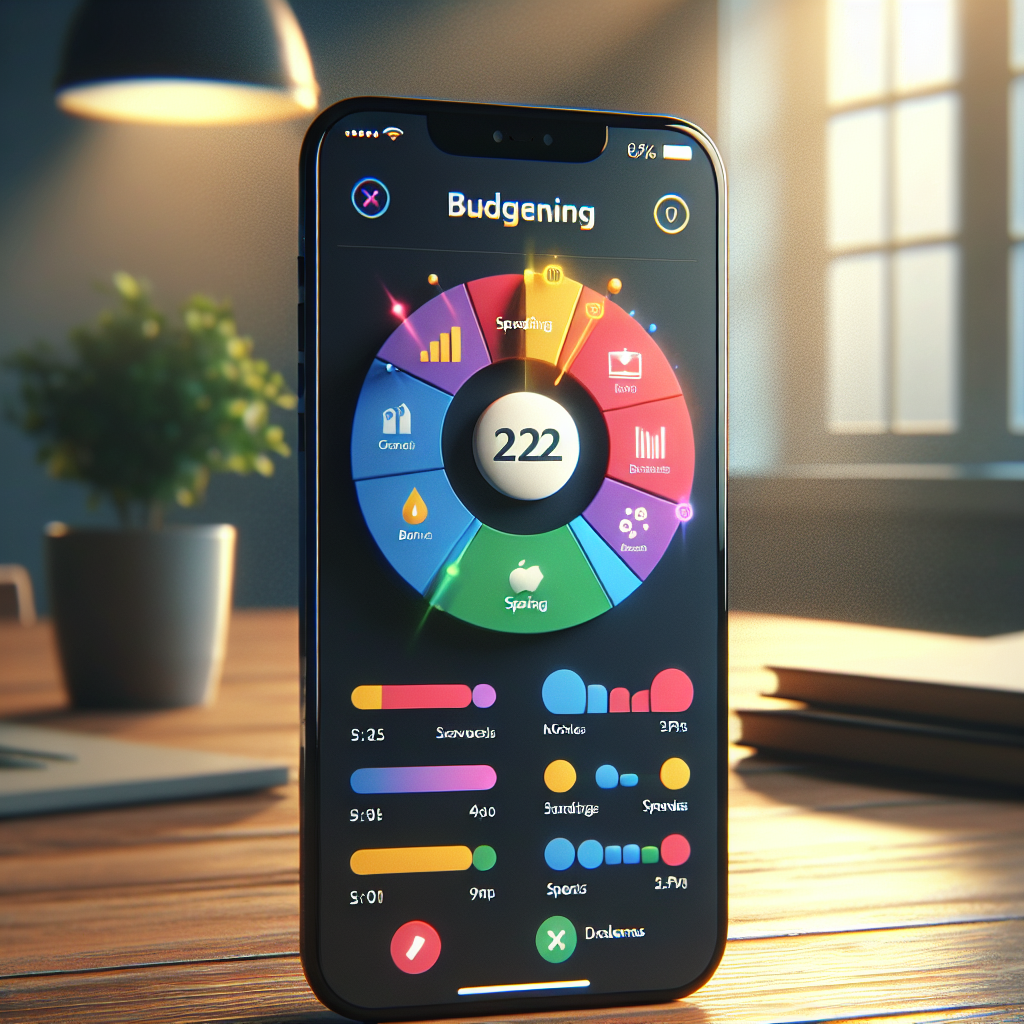
The NerdWallet Personal Finance App is designed with user experience in mind, ensuring that individuals can navigate their financial journey with ease and efficiency. Here are some key aspects of its user experience and interface:
- Intuitive Design: The app features a clean and straightforward layout that allows users to quickly access essential features. The intuitive design minimizes clutter, making it easy for users to find the information they need without unnecessary distractions.
- Easy Navigation: With a well-structured menu and clearly defined sections, users can effortlessly navigate through different functionalities. Whether they want to check their budget, track expenses, or set financial goals, the app’s navigation enhances the overall user experience.
- Customizable Dashboard: Users can personalize their dashboard to prioritize the information that matters most to them. This customization allows for a tailored experience, where users can focus on specific financial metrics and insights relevant to their goals.
- Interactive Graphs and Charts: The app includes visually appealing graphs and charts that provide a quick overview of spending trends and budget performance. These visual tools make it easier for users to understand their financial situation at a glance.
- Responsive Support: NerdWallet offers robust customer support, ensuring that users can get assistance whenever they encounter issues. This responsive support system builds user confidence in navigating the app and managing their finances.
Overall, the user experience and interface of the NerdWallet Personal Finance App are geared towards creating a seamless and enjoyable financial management process. By prioritizing usability, the app empowers users to take control of their finances effectively.
Conclusion And Final Thoughts On NerdWallet
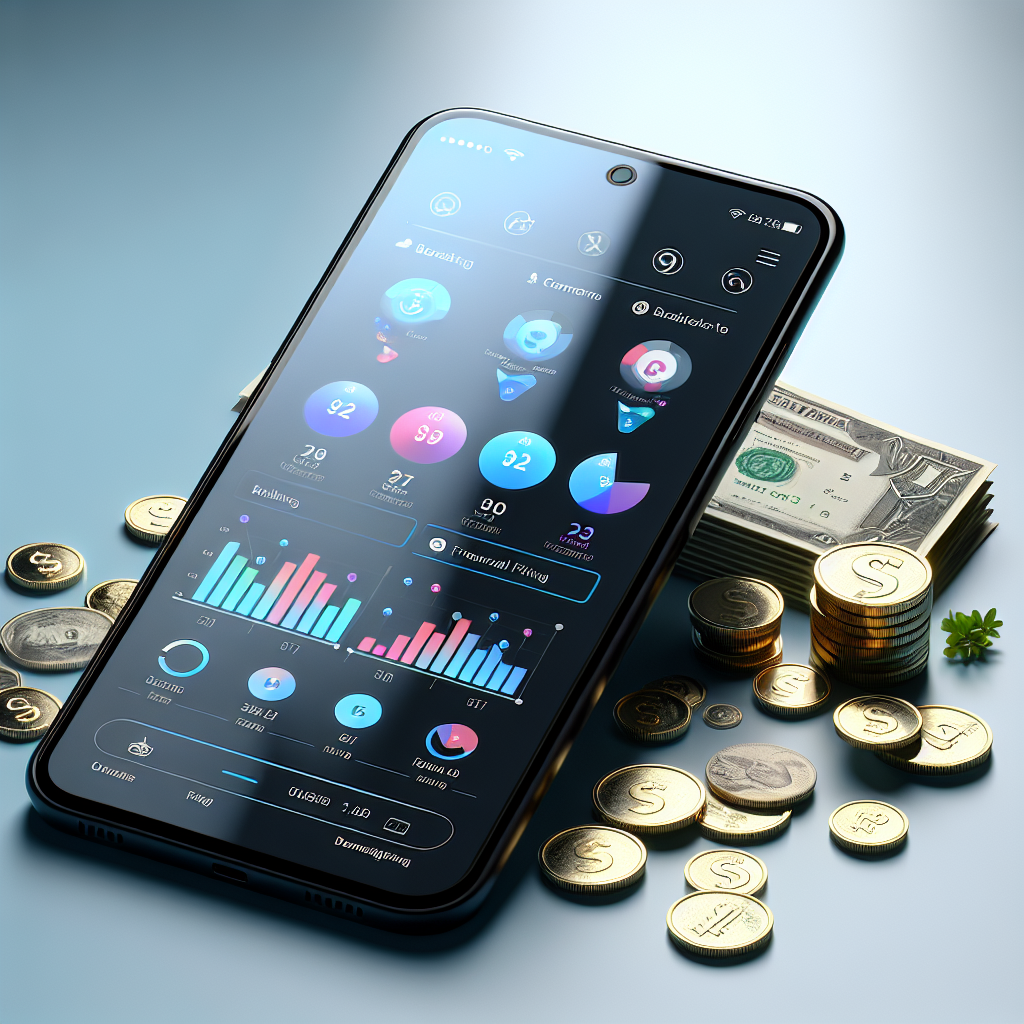
In summary, the NerdWallet Personal Finance App stands out as a comprehensive tool designed to simplify budgeting and enhance financial literacy among its users. With its intuitive interface, robust features, and personalized solutions, the app addresses the diverse needs of individuals seeking to manage their finances effectively.
As users navigate their financial journeys, the app provides valuable insights and resources that empower them to make informed decisions. From tracking expenses to setting savings goals, NerdWallet equips users with the necessary tools to achieve their financial aspirations.
For those looking to elevate their financial management experience and take control of their savings, the NerdWallet Personal Finance App is a worthy consideration.
Ready to take control of your finances and experience effortless savings? Download Vala today and start managing your budget with ease! Visit Vala now.





